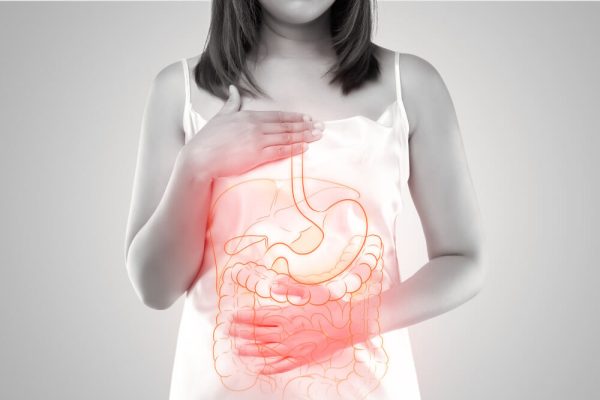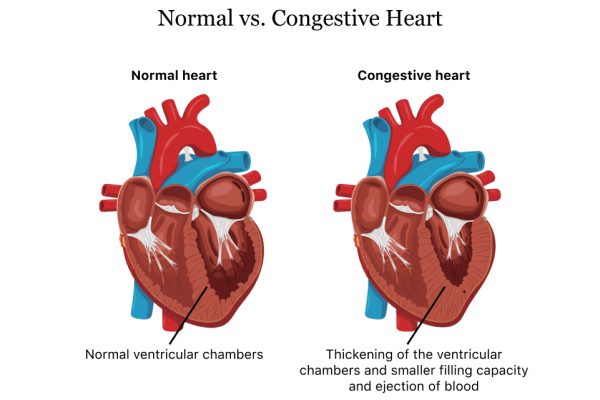Automated External Defibrillators (AEDs) have been around for some time, providing vital medical care to people experiencing sudden cardiac arrest (SCA) whether in hospital or a public setting.
The strange thing is that despite their long term, imperative application, this life-saving medical technology is still a bit mysterious to the general public.
So, if you’re looking to buy AED technology for your home or workplace, and want the 411 on SCA and how it occurs, feel free to read on:
1.What are defibrillators?
This imperative technology is a relatively small electronic device that produces a controlled shock to the heart of someone experiencing life-threatening ventricular fibrillation.
2.What is ventricular fibrillation?
Ventricular fibrillation (VF) is a life-threatening heart rhythm that typically causes SCA. When someone enters VF, it means that the heart suddenly changes from a normal rhythm to a chaotic, highly erratic rhythm, causing an instant loss of pulse and blood pressure that consequently causes an instant loss of consciousness within a few seconds of its occurrence.
3.What is SCA?
SCA is what occurs when an individual’s heart stops beating suddenly and without prior warning, when this occurs, the blood stops pumping throughout the victim’s body, and consequently leaves the vital organs and brain without blood flow. Unfortunately, this causes a near instant loss of consciousness and potentially death within a few minutes of the SCA occurring. A person’s chances of surviving SCA decreases 10-15% with every passing minute once SCA occurs.
4.How can I tell if someone is experiencing SCA?
SCA symptoms are without warning and immediate, although these are the symptoms to immediately check for:
- The person suddenly collapses;
- They have a lack of pulse;
- They are not breathing;
- They become unconscious.
Although SCA is highly immediate and without warning, there are occasionally some small signs that indicate an onset of SCA, including:
- Fainting
- Fatigue
- Dizziness
- Blackouts
- Shortness of breath
- Weakness
- Chest pain
- Vomiting
- Palpitations
5.Is anyone at particular risk of SCA?
SCA can happen to anyone at any time, although it is more likely to occur to people of particular demographics. The risk of SCA increases with age, and it is more likely to occur to someone who has an underlying heart condition. What’s more, it is more likely to happen to men than women, and is less common amongst children (though now impossible).
6.Can there be other contributing factors?
Although the direct cause of SCA is an irregular heart rhythm that leads to a decrease in pulse and blood pressure, there are environmental factors that contribute to its occurrence, including:
- A familial history of heart disease
- High cholesterol
- Smoking
- High blood pressure
- Diabetes
- Obesity & being overweight
- Excessive drinking
- A sedentary or inactive lifestyle
7.Can you use CPR to treat SCA?
Unfortunately, CPR will not save an SCA victim’s life. Although CPR helps circulate small amounts of blood to the vital organs, it is not enough to stop death in the way that AED technology can help resuscitate a victim.
Of course, CPR should be used before the victim can receive AED treatment, as it helps keep the blood flowing throughout the body, but then should be immediately replaced by the AED once it arrives. The technology is easy to follow and will tell you what to do and when to perform CPR again.
AED technology is the best health option when it comes to saving an SCA victim’s life in a public setting and for this reason the general public should have full awareness of its application and how to use it during the occurrence of SCA.





